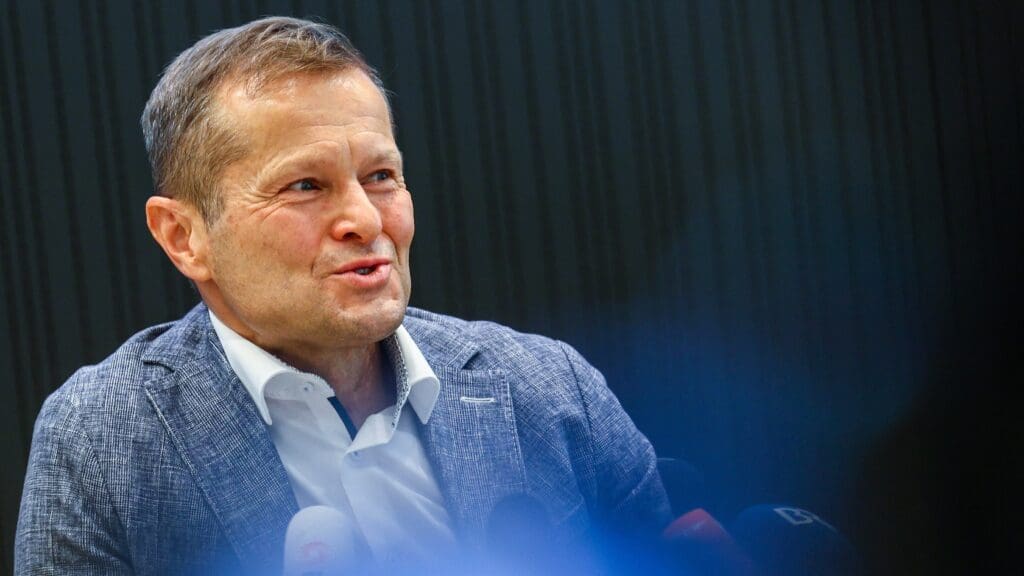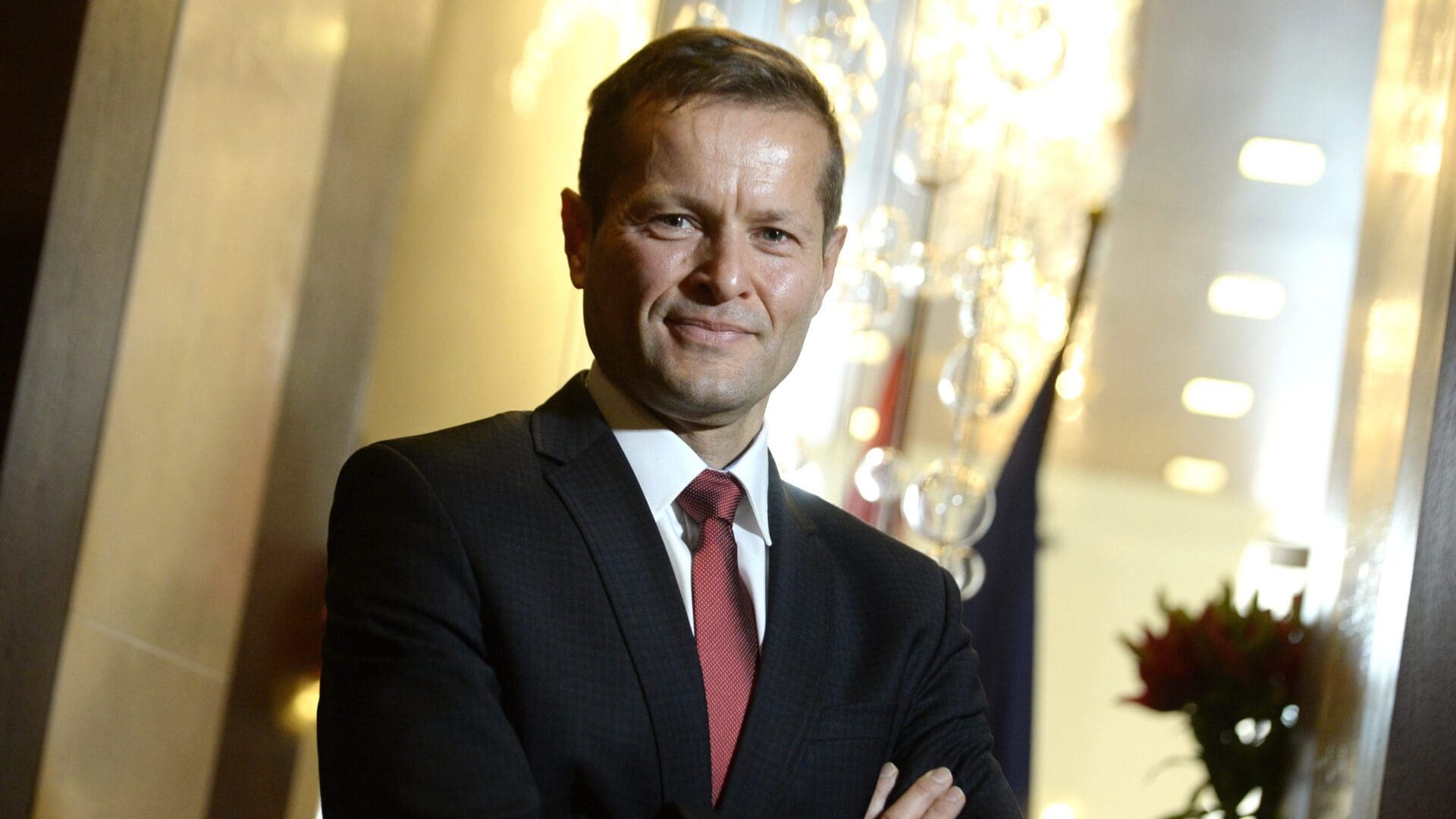The path to success, leading to the Nobel Prize, began with the physics classes at the Radnóti Miklós Elementary School in Mór, and his interest in physics has not waned over the past fifty years, Hungarian Nobel laureate physicist Ferenc Krausz said in an interview with MTI.
Recalling his studies, Krausz mentioned that it was in the elementary school in Mór, during the captivating classes with his teacher, Mr Kiss, and later during the lessons at the Táncsics Mihály Secondary School in Mór that he fell in love with physics. ‘It’s been almost fifty years, but my interest in physics has not diminished since then,’ said the Nobel laureate, highlighting his gratitude to his teachers.
Ferenc Krausz, who later obtained a degree in electrical engineering from the Budapest University of Technology (BME) and a theoretical physics degree from ELTE. In the interview, he also praised the great Hungarian engineer, physicist and university professor Károly Simonyi (father of Charles Simonyi, leader of the development of Microsoft Word and Excel applications) and physicist, astrophysicist, and historian of science György Marx, who, as he said, were his teachers at BME and ELTE universities respectively, and had a fundamental influence on his future career. ‘They solidified my determination to dedicate my life to this field,’ the physicist said.

Afterwards, in Vienna, he began working on laser physics at the local technical university. ‘In Vienna, I received tremendous support from Professor Arnold Schmidt, who was not only my colleague and supervisor, but also my mentor for many years. He supported me in every possible way and provided a huge playground for me to realize my ideas,’ said Krausz, adding that the results achieved there laid the foundation for the current recognition.
He then was appointed as the director of the Max Planck Institute of Quantum Optics in Garching near Munich, and later became the head of the Experimental Physics Department at Ludwig Maximilian University in Munich. ‘Here, the possibilities were even greater, and we managed to establish a large research group to continue our journey,’ the physicist recalled.
He explained that his research focused on the examination of increasingly smaller dimensions in space and time, which they conducted using ultrashort-duration light pulses. With these methods, they can investigate the fastest processes in nature that occur outside the atomic nucleus. ‘My main goal was to understand the unbelievably fast, attosecond motion of electrons,’ he added.
As a result of their research, Krausz’s team was the first in the world to generate and measure attosecond light pulses in 2001.
‘It was an incredible moment that I will never forget,’ he said, noting that thanks to this achievement, they were able to conduct real-time observations of the motion of electrons at the atomic level for the first time.
Answering a question, he explained that in his latest project, he and a research team of 60 are examining the medical diagnostic application of ultrarapid measurement techniques. He pointed out that many serious illnesses begin with certain movements of electrons. Their femtosecond and attosecond technologies form the basis for a new procedure with which they try to predict the onset of diseases at an early stage.
He recalled that this was the aim of the project launched three years ago with the support of the Hungarian government,
which involved the examination of more than 10,000 individuals across the country.
Alongside traditional medicine, their highly sensitive laser methods have been used to examine the blood samples of healthy people for several years in the hope that their method will allow the detection of individual diseases at the molecular level before symptoms appear.
Regarding the results of the project, he reported that they have examined eight cases of cancer so far, and all of them were detectable using the new procedure. The method has so far produced extremely significant signals that they hope to use to detect diseases at an early stage when the chances of recovery are much greater, Krausz explained.
The researcher, who is also the CEO of the Center for Molecular Fingerprinting (CMF), called the investigation a promising and forward-looking project, and expressed his gratitude for the support of the Hungarian government, highlighting the seminal role of former Minister of Innovation and Technology László Palkovics and Minister of Culture and Innovation János Csák.
Related articles:
Sources: Hungarian Conservative/MTI







